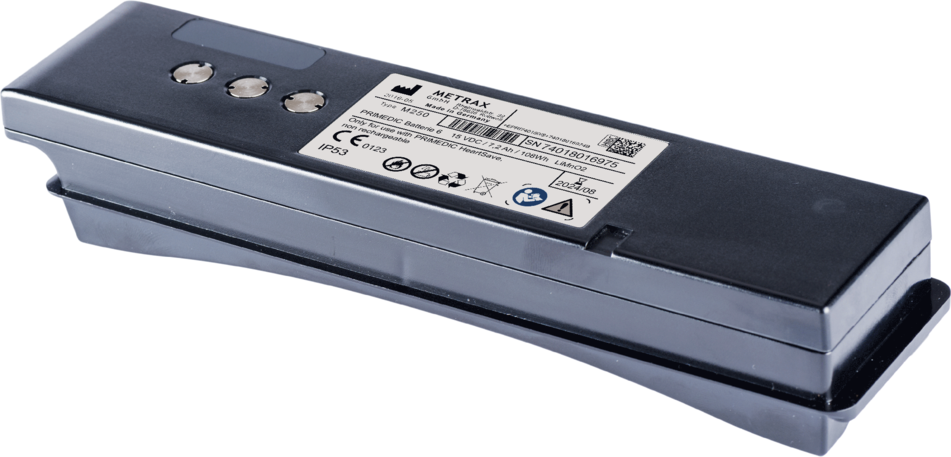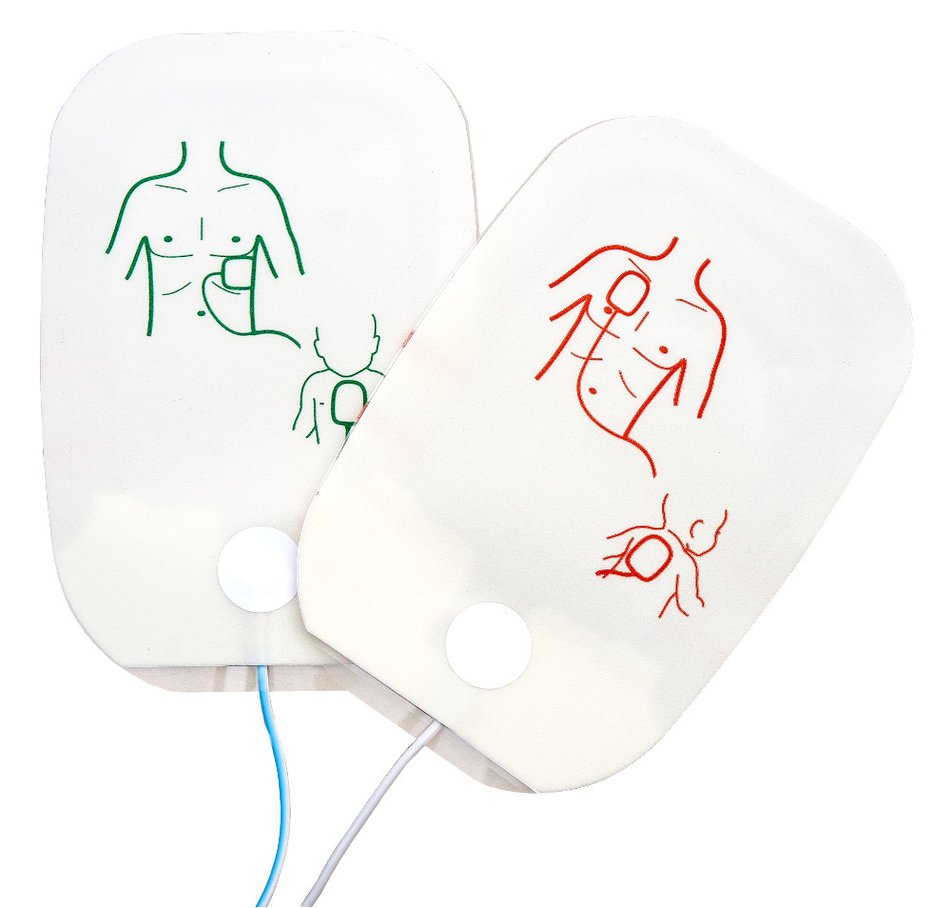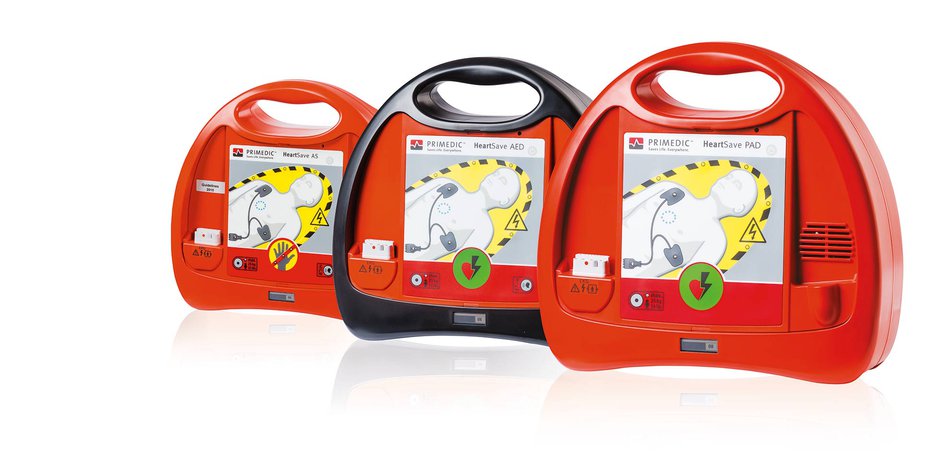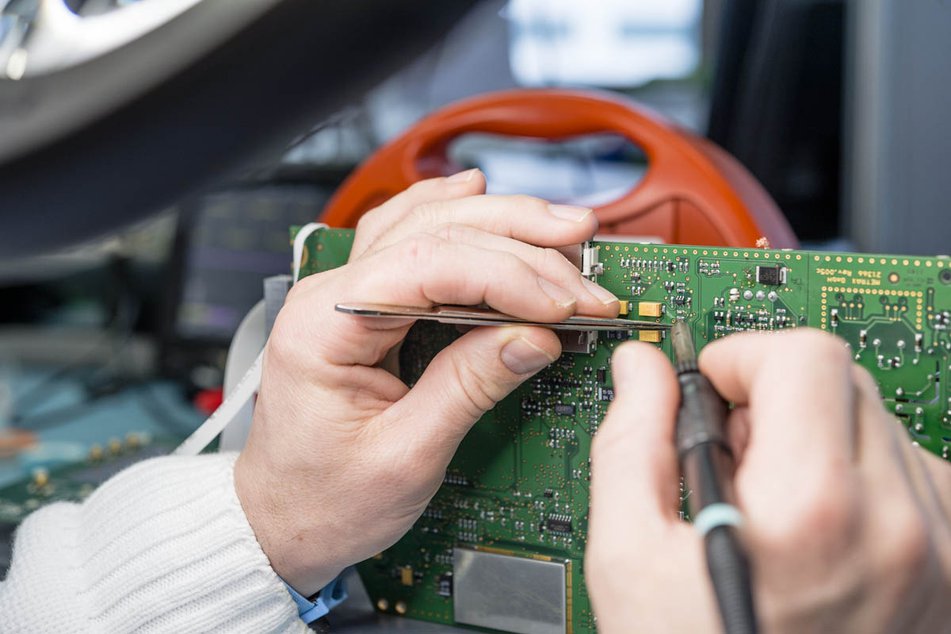Follow-up costs of an AED
An AED compares well to an insurance – you feel reassured when you have it and hope you never need it. Thus, an AED should, of course, also be ready for use and functional in an emergency. An AED doesn't require much to ensure this, as most models are largely low maintenance. In most cases, a check or inspection at regular intervals is sufficient, as well as a timely replacement of the consumables.


Battery
The consumables of each AED include the battery and electrodes. The battery is not only intended to power the AED during use. It also ensures that the AED can check its readiness for use on a daily basis by means of a self-test. Of course, this means that at some point the battery will be exhausted and will need to be replaced. Depending on the manufacturer, the battery life ranges from 2-7 years.

Electrodes
The electrodes of an AED are stuck to the chest of the victim in an emergency. They are used to transmit the victim's ECG to the AED and, if needed, to deliver the defibrillation pulse from the AED to the patient. This requires both high adhesive strength and optimum electrical conductivity. Both are guaranteed by a special gel layer on the electrodes.
Even under optimal storage conditions, this gel dries out over the years and can therefore no longer guarantee its function in an emergency. For this reason, every manufacturer specifies a shelf life until which the electrodes are functional. After this date has been reached or after actual use, the electrodes must be replaced. This expiry date is usually within a range of 2-5 years, depending on the manufacturer.

Follow-up costs of the HeartSave series
As the largest German AED manufacturer, we are fortunately able to be completely relaxed and transparent about the follow-up costs of our HeartSave series.
Let's just take our classic HeartSaveAED as an example:
Its battery 6 has a standby life of up to 6 years. This means that you only need a new battery once in the AED's normal life cycle of around 12 years. This costs just €278*.
The HeartSaveAED is equipped with the SavePads PreConnect. These last for at least 36 months and cost €60*. They will therefore be replaced three times within 12 years.
The follow-up costs for the battery and electrodes for the HeartSaveAED therefore amount to a total of just €458*, which corresponds to just under €40* per year or just over €3* per month. And of course our other AEDs are at a similar level.
*All prices are net plus VAT and shipping costs as of March 2023 from the German pricelist.

Maintenance and servicing
In addition to a regular visual inspection, which you as the operator can perform yourself, the German Medical Devices Operator Ordinance (MPBetreibV) generally prescribes a regular technical inspection for every AED. This inspection, commonly known as technical safety check (TSC) – comparable to a vehicle inspection –, is intended to detect possible technical defects in the AED in good time and is carried out by persons or companies qualified to do so. In addition to the manufacturers themselves, there are numerous service providers throughout Germany, some of whom also offer on-site service at your premises. Feel free to ask for relevant information and offers in advance. However, caution is also required here, as not every provider is allowed to perform repairs or, for example, software updates for devices from all manufacturers. To be on the safe side, ask for the relevant certificates and proof of training.
Gerd Lerbinger
Area Sales Manager DE & AT
